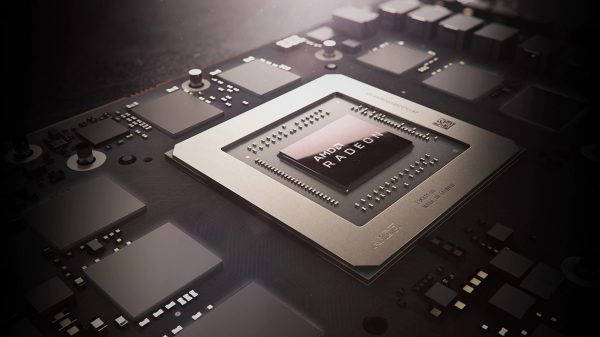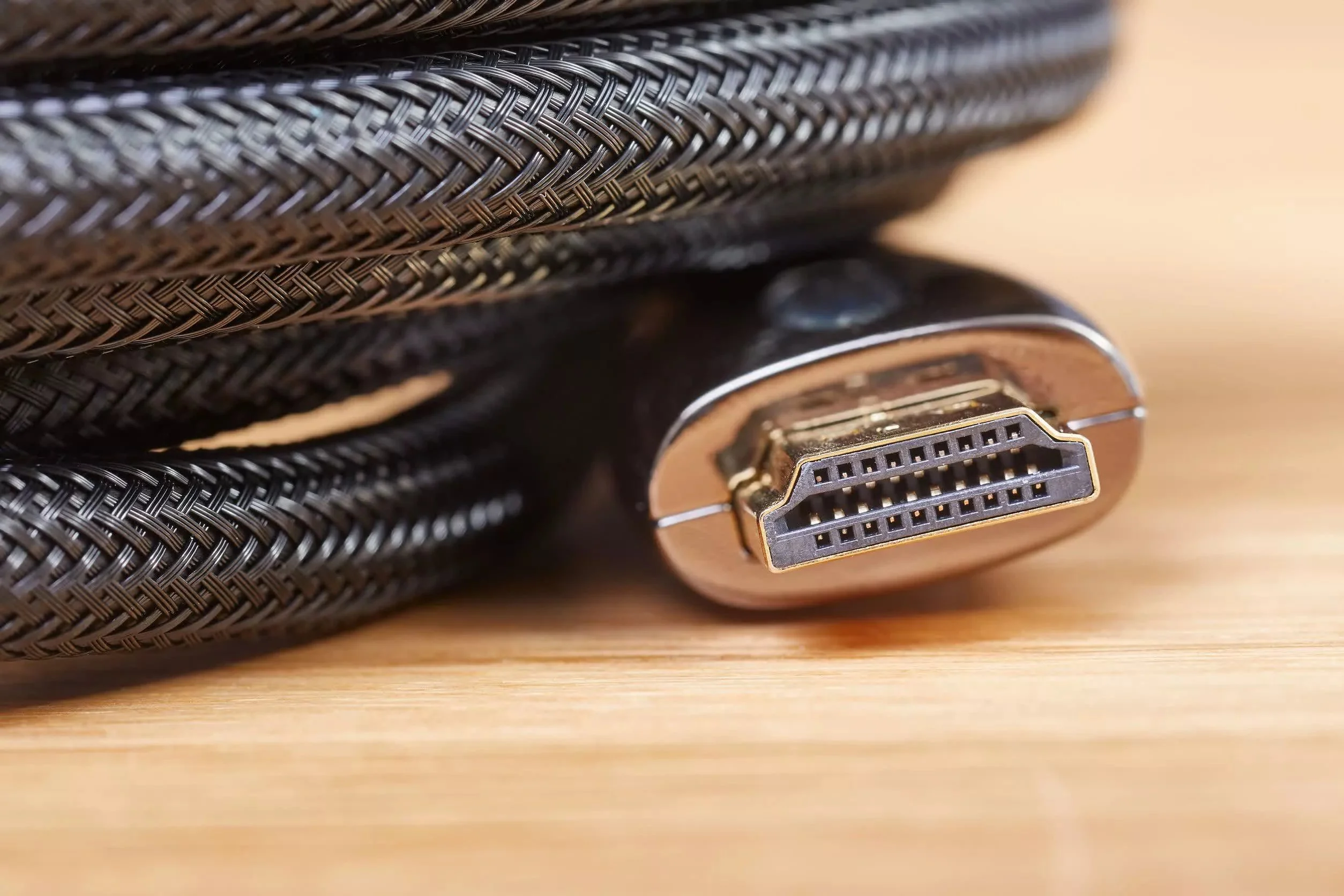Researchers from Uruguay have discovered a novel method of electronic spying by intercepting video signals from HDMI cables. This technique, developed by a team from the University of the Republic in Montevideo, involves capturing the wireless electromagnetic radiation emitted by HDMI cables and using artificial intelligence (AI) to interpret the video content.
Their findings, published on Cornell’s ArXiv service and highlighted by Techspot, reveal that AI models can analyze these tiny fluctuations in electromagnetic signals to reconstruct video data.
The researchers have shown that it is feasible to train an AI model to decode the electromagnetic emissions from HDMI cables, despite the encrypted nature of the digital signal. This breakthrough allows for the interpretation of video information without needing direct access to the physical cable.
By processing these signals with AI, they can achieve up to 70 percent accuracy in decoding the transmitted video content, a significant improvement over previous interception methods.

Researchers Reveal AI Method to Intercept Video Signals from HDMI Cables
The ability to decode video signals with 70 percent accuracy represents a 60 percent enhancement over older techniques. This level of precision is sufficient to capture sensitive information, such as passwords, from a distance. The technique, named “Deep-TEMPEST” by the researchers, allows for wireless interception of HDMI signals even from outside a building, given ideal conditions, making it a potent tool for espionage.
This method of surveillance taps into the existing vulnerability known as TEMPEST (Transient ElectroMagnetic Pulse Emanation STandard), which dates back to World War II. Historically, HDMI cables, which use the HDCP encryption system, were considered less vulnerable to such attacks.
However, the researchers’ AI-assisted approach reveals new risks associated with HDMI transmissions, highlighting the potential for significant breaches of privacy and security.
While the researchers suggest that this advanced spying technique is likely used by state-level actors and industrial spies, it poses a lower risk to the general public.
Nonetheless, organizations and government agencies handling sensitive data should consider implementing electromagnetic shielding measures. This precaution is especially crucial for remote workers who might be more exposed to such sophisticated interception techniques.









































